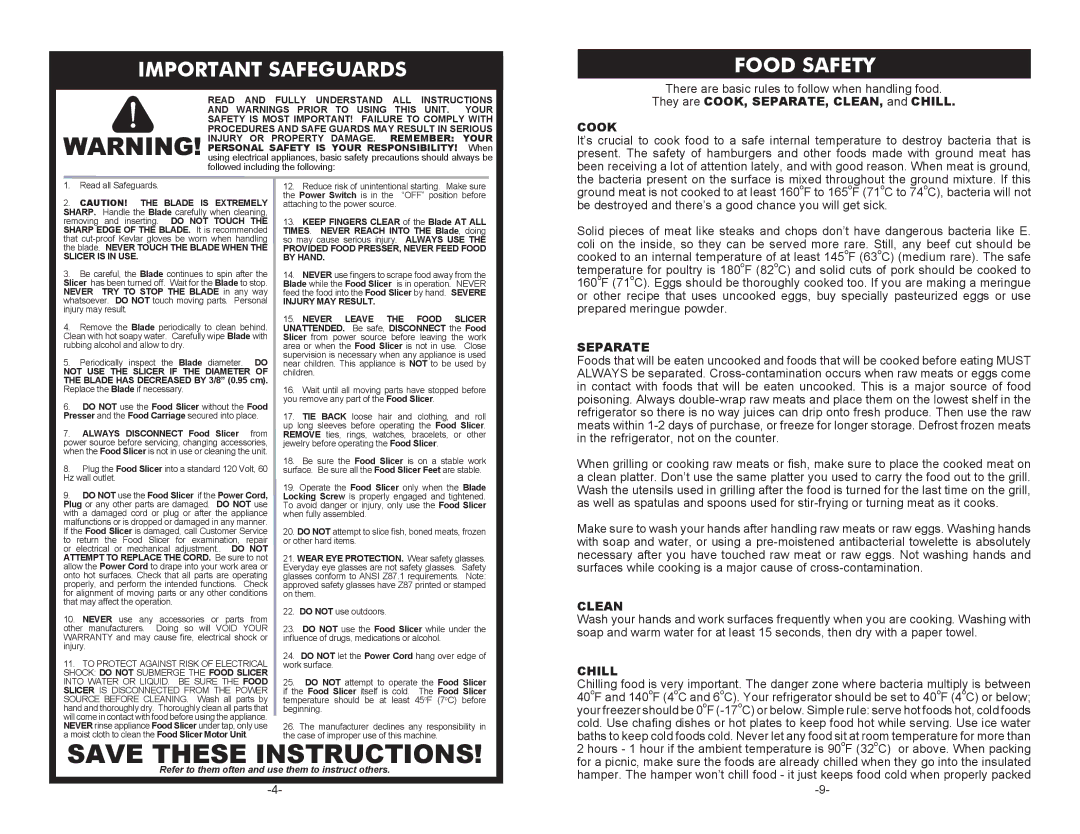51-7403, 08-0601-C specifications
Cabela's 08-0601-C and 51-7403 models represent the essence of outdoor gear innovation, designed with the serious adventurer and outdoorsman in mind. Each product combines functionality and durability, ensuring that users can rely on them in the harshest conditions.The Cabela's 08-0601-C is a meticulously crafted piece of equipment, designed primarily for hunting enthusiasts. Its material composition features heavy-duty, water-resistant fabric, which ensures that gear stays protected against the elements. One of the standout features is its reinforced stitching and rugged zippers, providing additional durability during extensive use. This product incorporates a spacious main compartment, ideal for storing essential hunting gear, while exterior pockets facilitate organized access to smaller items. The design is also user-friendly, featuring adjustable straps that allow for a customizable fit, making it comfortable for prolonged wear.
On the other hand, the Cabela's 51-7403 is engineered with advanced technologies aimed at enhancing the outdoor experience. This model's insulation technology stands out, both for warmth and for lightweight properties, ensuring that the wearer remains comfortable regardless of the external temperatures. The use of moisture-wicking fabric enhances comfort by keeping sweat at bay, an essential feature during high-energy activities.
Both products emphasize mobility, with each model designed to promote freedom of movement while ensuring all necessary gear is conveniently accessible. This is particularly beneficial for individuals engaging in dynamic activities like hiking or hunting.
Another specific characteristic shared between these models is their eco-friendly manufacturing processes. Cabela's is committed to sustainability, utilizing materials that minimize environmental impact without sacrificing performance. Moreover, both products feature a range of camo patterns, allowing users to blend seamlessly with their surroundings, thus enhancing stealth during outings.
In summary, the Cabela's 08-0601-C and 51-7403 offer outstanding features and technologies that cater to the needs of outdoor enthusiasts. With their focus on durability, comfort, and eco-friendliness, these models are exemplary choices for anyone looking to enhance their outdoor adventures, providing peace of mind while traversing nature's wilderness.

